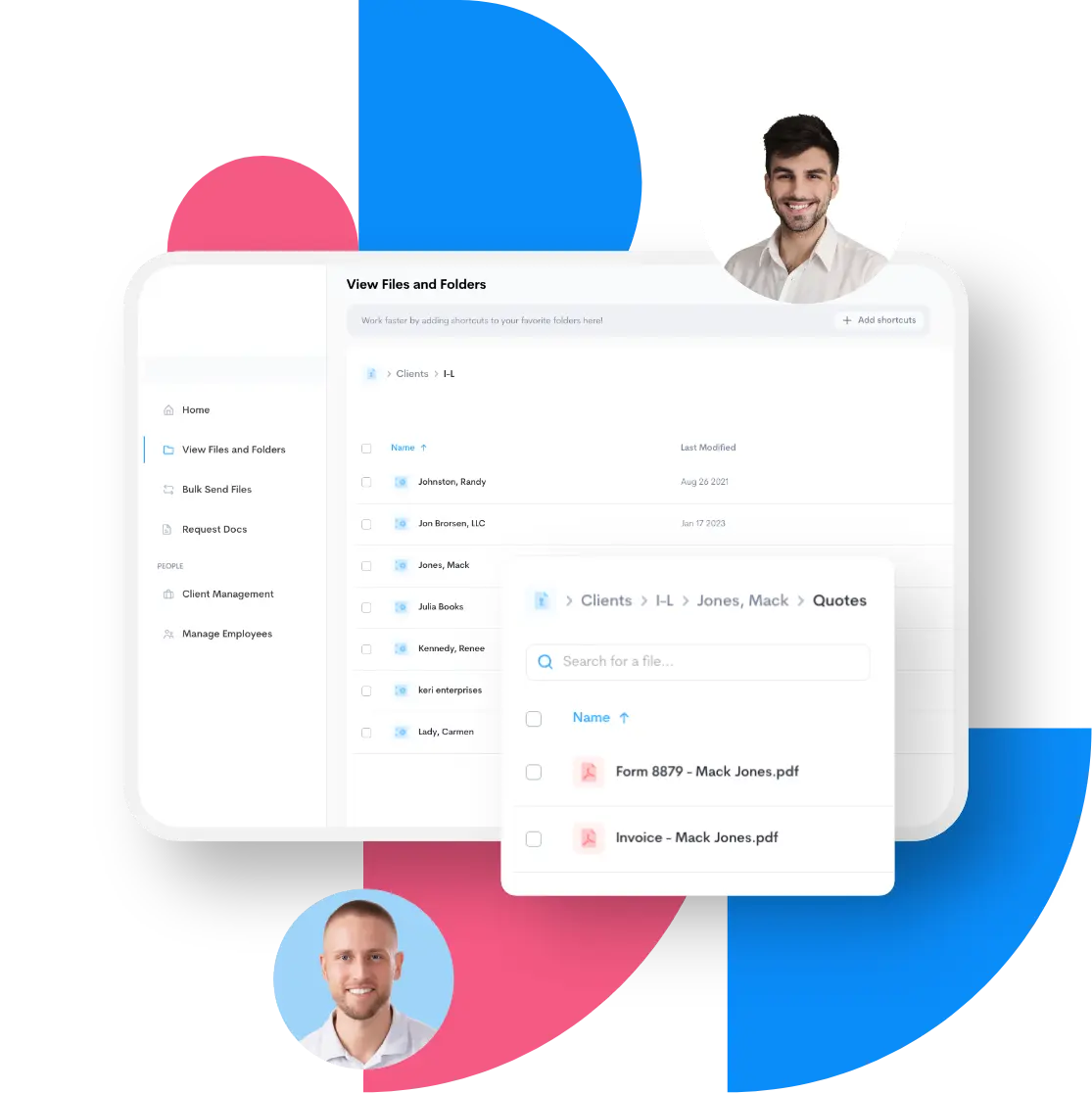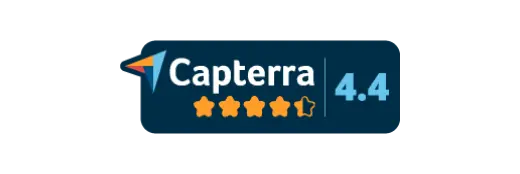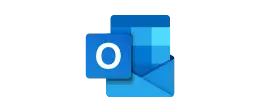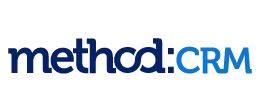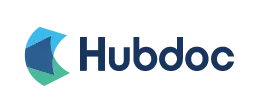SmartVault employs encryption and SSL technology to protect your documents, passwords, and interactions – whether in transit or at rest.
Manage specific levels of user permissions and access rights so your staff can move forward on their work while client files are protected.
SmartVault’s security practices support document workflows that comply with regulations like HIPAA, FINRA, SEC, GDPR, and more.
Frequently Asked Questions About Protecting Client and Business Information
A client portal will typically sit on the company website, with a link for clients to log in with a username and password. To create a client portal for your business, consider partnering with a trusted vendor who can provide a client portal and an integrated document management system (DMS). A document management system — also known as document management software — allows businesses to quickly and securely store, organize, access, and share documents. It’s a core part of having a beneficial client portal experience.
Unlimited Cloud Storage
Standardize and centralize documents with unlimited online document storage.
Unlimited Number of Users
A client portal should scale with you as your business and clients grow.
Secure File Sharing
Share files in the cloud without compromising on security.
Custom Branding
Give your clients a secure, easy, and professional way to collaborate with you in the cloud.
Customizable Folder Templates
Streamline your client onboarding process with templates that auto-create folders based on client type.
Mail Merge and Email Templates
Distribute documents in bulk to one or all of your clients.
Document Request Lists
Simplify how you request, collect, and manage client-prepared documents.
AutoFiler
Automatically route files to the right folder for the right clients.
eSignature Integration
Send documents for signatures, approvals, and payment, and route them back to SmartVault automatically.
Activity Alerts
Get notified via email when documents are uploaded or downloaded.
Full Text Search
Find the file you need, when you need it. Search on file names, tags, and even text within the file.
Mobile Apps
Access your files anytime, anywhere from a mobile device.
Bank-level Security
Files are automatically backed up and encrypted using bank-level AES-256 bit encryption.
Activity Reports
Automatically generate a timestamped audit trail of all activity.
Microsoft Outlook integration
Automatically file email conversations with clients into their SmartVault folder.
Encryption of data during transit and while at rest.
When sensitive data is at rest or being exchanged over the internet, it’s crucial that your data is encrypted every step of the way so no one can hijack your information and use it for malicious purposes. By using advanced encryption methods such as SSL and AES-256, a cloud DMS could provide stronger protection for your data.
Controlled access to information.
How your information is stored and who has access to your information are critical to your overall security and compliance framework. With a security and compliance-first cloud-based DMS, you can easily set granular access permissions to folders and documents, then allow access to files through authenticated logins only. These added security and compliance steps help enhance your data and document security measures, which could help you stay more compliant with various regulations.
Secure data backup.
Your documents and metadata are always stored using highly redundant replicated storage. Multiple copies of metadata and documents are stored in multiple geographical locations and backed up regularly to ensure data availability.
An activity log.
An activity log is an automatically generated, time-stamped trail of all activities that happened in your document management system. It tracks all events from all users — including document creation, download, and deletion — and generates an audit trail of what’s happening in your account. No person, including the engineers of the platform can make any changes to this trail, making it the authoritative record for auditing purposes. This feature is a requirement from several industry-specific compliance regulations. Depending on your industry, it could very well be the single most important determining factor during your cloud DMS vendor selection process.
